Mugwort is a common name for several species of aromatic plants in the genus Artemisia. In Europe, mugwort most often refers to the species Artemisia vulgaris, or common mugwort. While other species are sometimes referred to by more specific common names, they may be called simply “mugwort” in many contexts. For example, one species, Artemisia argyi, is often called “mugwort” in the context of traditional Asian medicine but may be also referred to by the more specific name “Chinese mugwort”.
Mugworts are used medicinally, especially in Chinese, Japanese, and Korean traditional medicine. Some mugworts have also found a use in modern medicine for their anti-herpetic effect. They are also used as an herb to flavor food. In Korea, mugworts were also used for plain, non-medicinal consumption; in South Korea, mugworts, called ssuk, are still used as a staple ingredient in many dishes including rice cakes and soup.
Medicinal
The mugwort plant contains essential oils (such as cineole, or wormwood oil, and thujone), flavonoids, triterpenes, and coumarin derivatives. It was also used as an anthelminthic, so it is sometimes confused with wormwood (Artemisia absinthium). The plant, called nagadamni in Sanskrit, is used in Ayurveda for cardiac complaints as well as feelings of unease, unwellness and general malaise.
In traditional Japanese, Korean and Chinese medicine, Chinese mugwort (Folium Artemisiae argyi) is used for moxibustion, for a wide variety of health issues. The herb can be placed directly on the skin, attached to acupuncture needles, or rolled into sticks and waved gently over the area to be treated. In all instances, the herb is ignited and releases heat. Not only is it the herb which is believed to have healing properties in this manner, but it is also the heat released from the herb in a precise area that heals. There is significant technique involved when the herb is rolled into tiny pieces the size of a rice grain and lit with an incense stick directly on the skin. The little herbal fire is extinguished just before the lit herb actually touches the skin.
In traditional Chinese medicine there is a belief that moxibustion of mugwort is effective at increasing the cephalic positioning of fetuses who were in a breech position before the intervention. A Cochrane review in 2012 found that moxibustion may be beneficial in reducing the need for ECV, but stressed a need for well-designed randomised controlled trials to evaluate this usage.
Medieval Europe
In the European Middle Ages, mugwort was used as a magical protective herb. Mugwort was used to repel insects, especially moths, from gardens. Mugwort has also been used from ancient times as a remedy against fatigue and to protect travelers against evil spirits and wild animals. Roman soldiers put mugwort in their sandals to protect their feet against fatigue. Mugwort is one of the nine herbs invoked in the pagan Anglo-Saxon Nine Herbs Charm, recorded in the 10th century in the Lacnunga.
Wiccan
Mugwort is an herb that is found fairly regularly in many modern Pagan magical practices. From its use as an incense, for smudging, or in spellwork, mugwort is a highly versatile – and easy to grow – herb. In some magical traditions, mugwort is associated with divination and dreaming. To bring about prophecy and divinatory success, make an incense of mugwort to burn at your workspace, or use it in smudge sticks around the area in which you are performing divination rituals.
The Lost Bearded White Brother
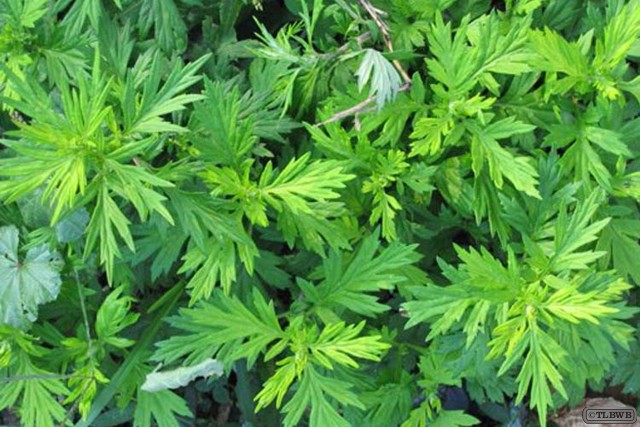
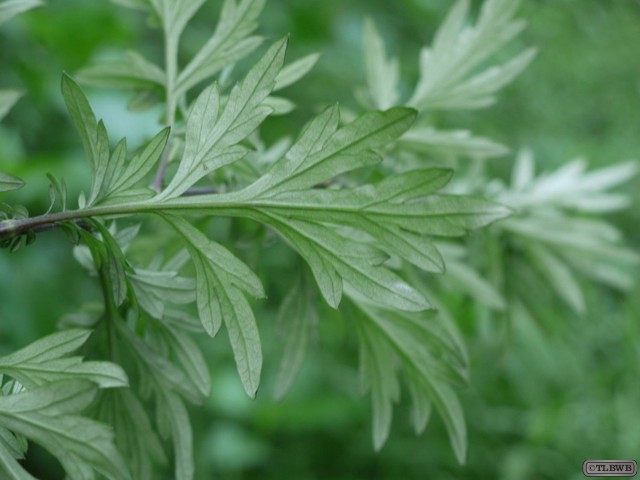
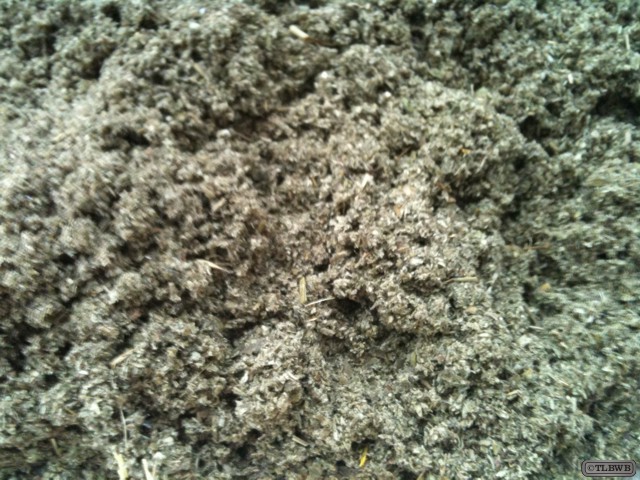
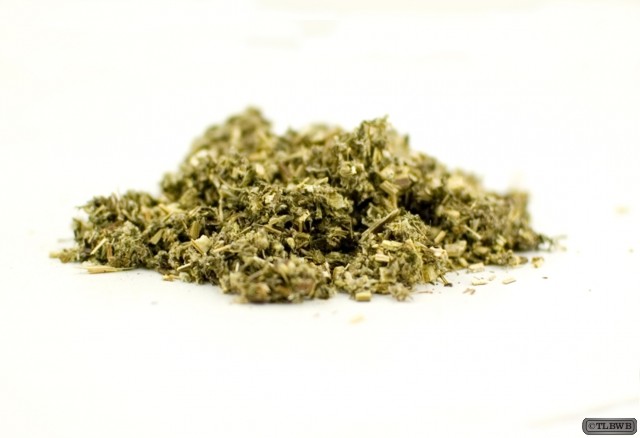
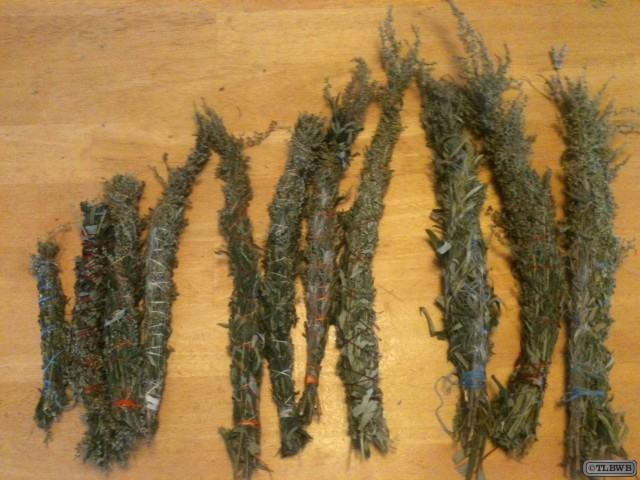
Leave a Reply